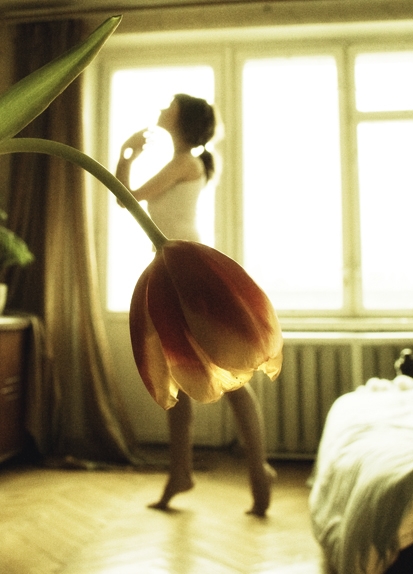The game that Charles Saatchi plays in The Naked Eye is to find photographs of subjects that look surprisingly like something else. A stork in mid-flight seems to have a jet-trail streaming from it; an ant silhouetted on the rim of a cup seems to be the same size as a helicopter hovering in the sky next to it. An elephant, if you really suspend disbelief, looks as though it is balancing on outstretched trunk (but it was done, with the help of a taxidermist, by Daniel Firman, who wanted, for some reason, to show what an elephant might do in low enough gravity).
One of the book’s rules is that the images must not be Photoshopped, though since photographic images have been manipulated since they were first invented, there is no universal law that says hidden wires are more honest than computer-generated images.
Some of the photographs here simply show unusual events. A Nile crocodile at a Taiwan zoo holds in its jaw the detached hand of its keeper Chang Po Yu. The heading on the accompanying text reads: ‘Rather poor Yu than poor me.’ But we learn there was a happy ending, for after a seven-hour operation the hand was successfully re-attached. Other images show more familiar oddities: tree-climbing goats, a very big hole that opened up in Guatemala City or the traffic-light sculpture that for several years cheered up a roundabout in London’s Docklands.
The accompanying text is not a commentary on the pictures but a discursive ramble that would be more comfortably enjoyable if it were not slightly alarming. A picture of chairs leads the author to a discussion of the Chippendales, the male strippers. ‘Its founding partners have both become infamous murderers.’ (Paul Snider killed his wife, then himself; Somen Banerjee, we are told, organised a hit-man to murder a business associate, then hanged himself in his cell.)








Comments
Join the debate for just £1 a month
Be part of the conversation with other Spectator readers by getting your first three months for £3.
UNLOCK ACCESS Just £1 a monthAlready a subscriber? Log in